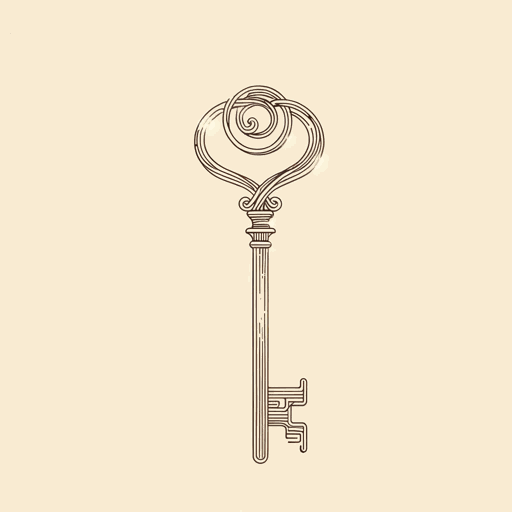48 pages • 1 hour read
Fernando de RojasCelestina
Fiction | Play | Adult | Published in 1499A modern alternative to SparkNotes and CliffsNotes, SuperSummary offers high-quality Study Guides with detailed chapter summaries and analysis of major themes, characters, and more.
Themes
The Wickedness of Women
Using their bodies and their feminine wiles to manipulate the men who desire them into committing a variety of sins, the novel’s women are guilty of inveigling men into many different evils. When Calisto falls in love with Melibea, he describes himself as no longer a Christian but a Melibea-worshipper—Sempronio blames this blasphemy on Melibea, who has led Calisto astray by rejecting him. When men in the novel cannot have the women they desire without conditions and compromising themselves, they become lovesick to the point of actual physical pain. Finally, love and desire allow women to trick men into betraying their allies: Sempronio obeys Celestina for his love of Elicia, Pármeno gives up his loyalty to Calisto for Areúsa, and Sosia reveals secrets to Areúsa because she leads him on.
But the real wickedness of women in Celestina centers on the title character, whose scheming and meddling for profit causes the main characters to die. Celestina herself may be too old to use her own body, but she trains younger women to manipulate for her. In de Rojas’s summary preceding the text, he describes Celestina as “an evil, astute woman” and Sempronio and Pármeno as two servants “deceived by Celestina and for that reason become disloyal to [Calisto]” (3).

